Elmgreen & Dragset’s cavernous Berlin live-work space offers a clever twist on familiar structures
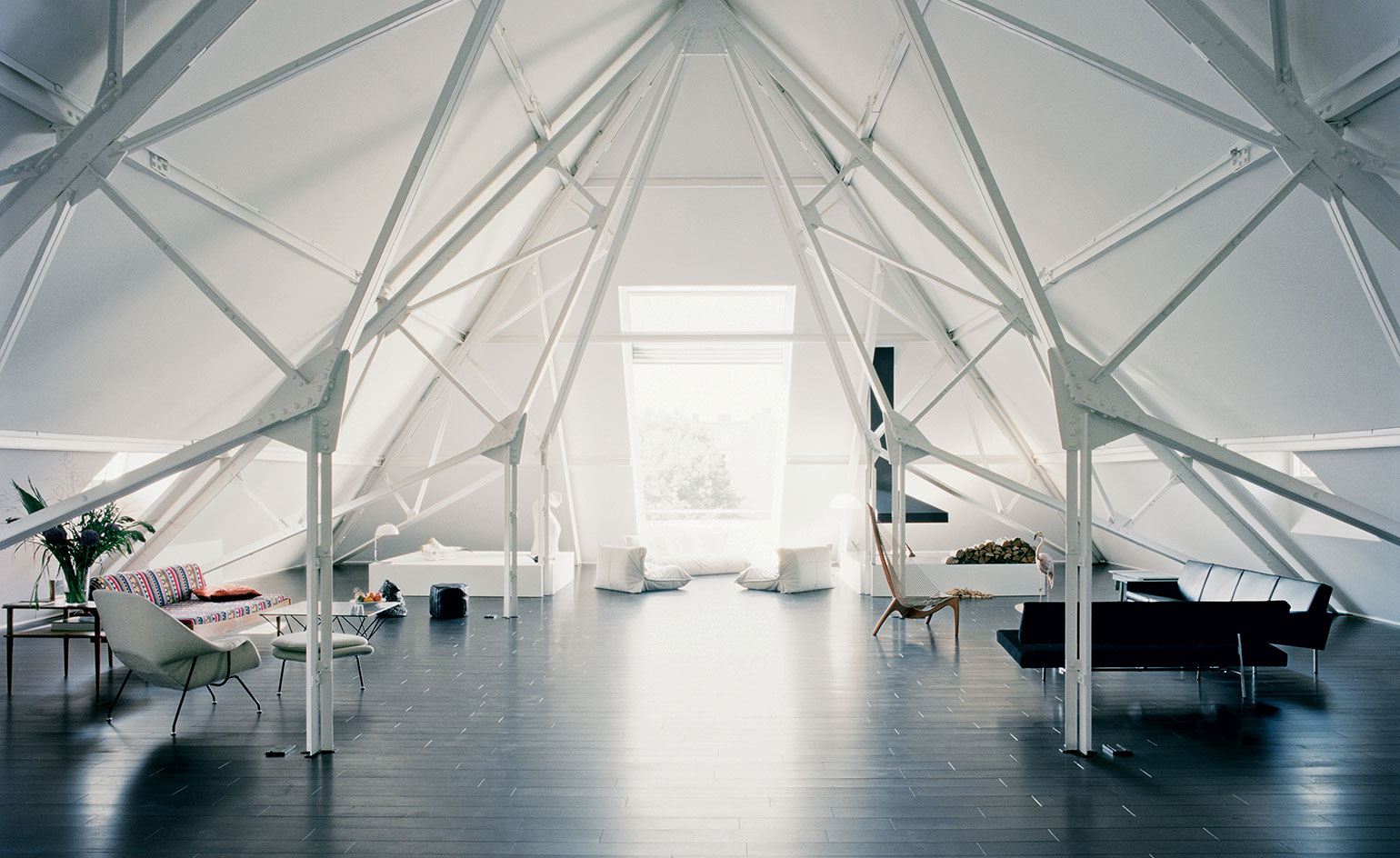
Scandinavian art duo Michael Elmgreen and Ingar Dragset have become masters of the architectural installation over the past 13 years, picking up critical acclaim and international gallery shows as they go. Their work is characterised by presenting a familiar space in a different context. This has ranged from Prada Marfa, a fully stocked but sealed Prada store, left to decay in the deserts of Texas in 2005, to this October’s conversion of London’s Victoria Miro Gallery into a low-rent nightclub after closing time. So it’s no surprise their own 1,000 sq m studio-cum-apartment is a carefully considered space.
An imposing former pump house, it has a red-brick exterior, landing-strip windows and ramshackle grounds, and a somewhat abandoned feel to it when viewed from the quiet tree-lined street. It’s an unusual landmark in the slightly run-down Berlin suburb of Neukölln. Yet the shabby exterior belies a slick minimal interior. Largely designed by the artists, with practical input from the German practice Wenk und Wiese, the space combines a working studio with private rooms on the upper level. On first entering the building, the vastness of the 13m-high atrium, flooded with natural light from original windows, is breathtaking. Only two mezzanines – lined with Mac-laden workstations – break up the vertical giddiness; on wheels, they can move horizontally, via the old crane infrastructure of the water pump.
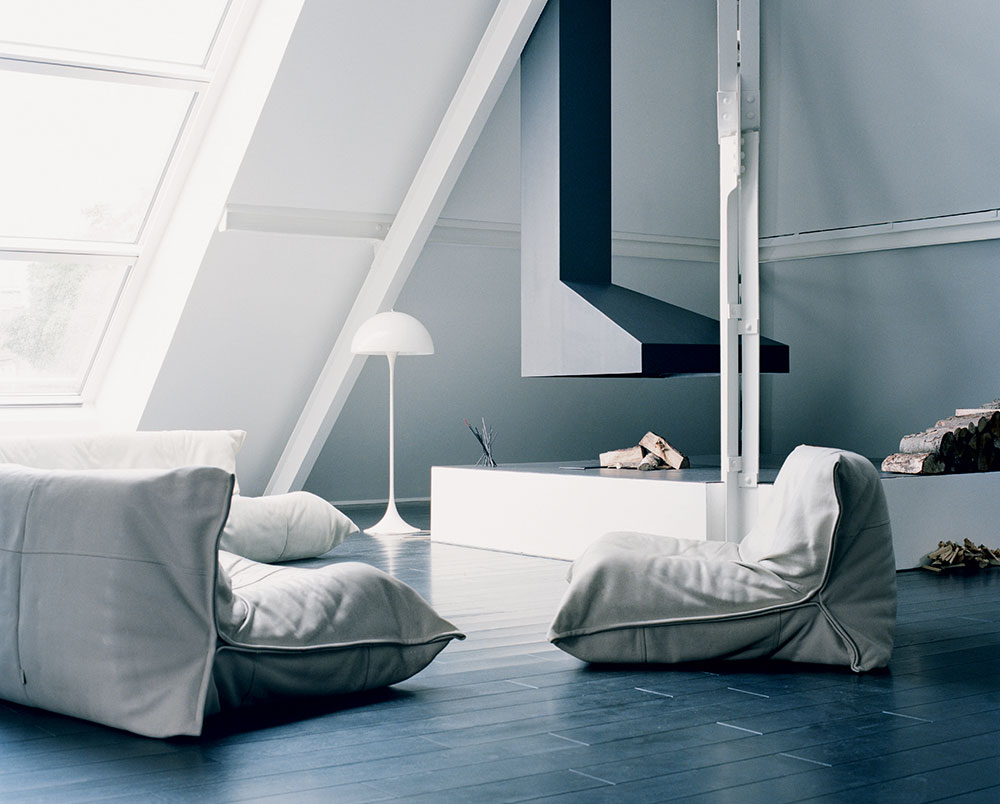
In one corner of the attic, an angular matt-black chimney hangs over artfully stacked logs on a minimalist white platform.
So vast is the space that the artists have been able to chalk an outline of the stage of London’s Old Vic theatre on the floor, to rehearse their show, Drama Queens, for which they’re choreographing performances by motorised replicas of iconic sculptures. They use much of the building as a ‘semi-public space’, where their assistants work and where they plan to hold exhibitions by other artists.
Upstairs, the kitchen doubles as a meeting room and communal eating space, with a long, heavy board table by Jean Nouvel. ‘This room is the centre point,’ says Elmgreen. ‘We share it with everyone.’ The duo keeps returning to the notions of public and private space. This harks back to the Powerles Structures tag attached to a series of works in which they investigated how institutional buildings control human action through architecture. Dragset jokes, ‘Talking of power, all the door handles are the same as those in the German chancellor’s offices. We chose them for their classical German look.’
Above the kitchen are the individual bedrooms for the two – both with en suites, as well as a still-in-progress guest bedroom. The two artists, who were boyfriends for ten years after meeting in 1994, also have apartments in the Mitte district of Berlin. Elmgreen lives in the studio pretty much full-time though, with Dragset staying over occasionally. In Elmgreen’s room is a glass cabinet full of collectible trainers, and by the bed a Hans Wegner ‘Ox’ chair takes pride of place next to a photo of the same chair, with a young man reading naked in it. ‘I wanted the chair and I wanted the boy. I asked for them to be in the exhibition, “Home Is the Place You Left” in Norway earlier this year, and the museum paid for it and his flights. This photo is a document of that. It’s great when art can provide!’
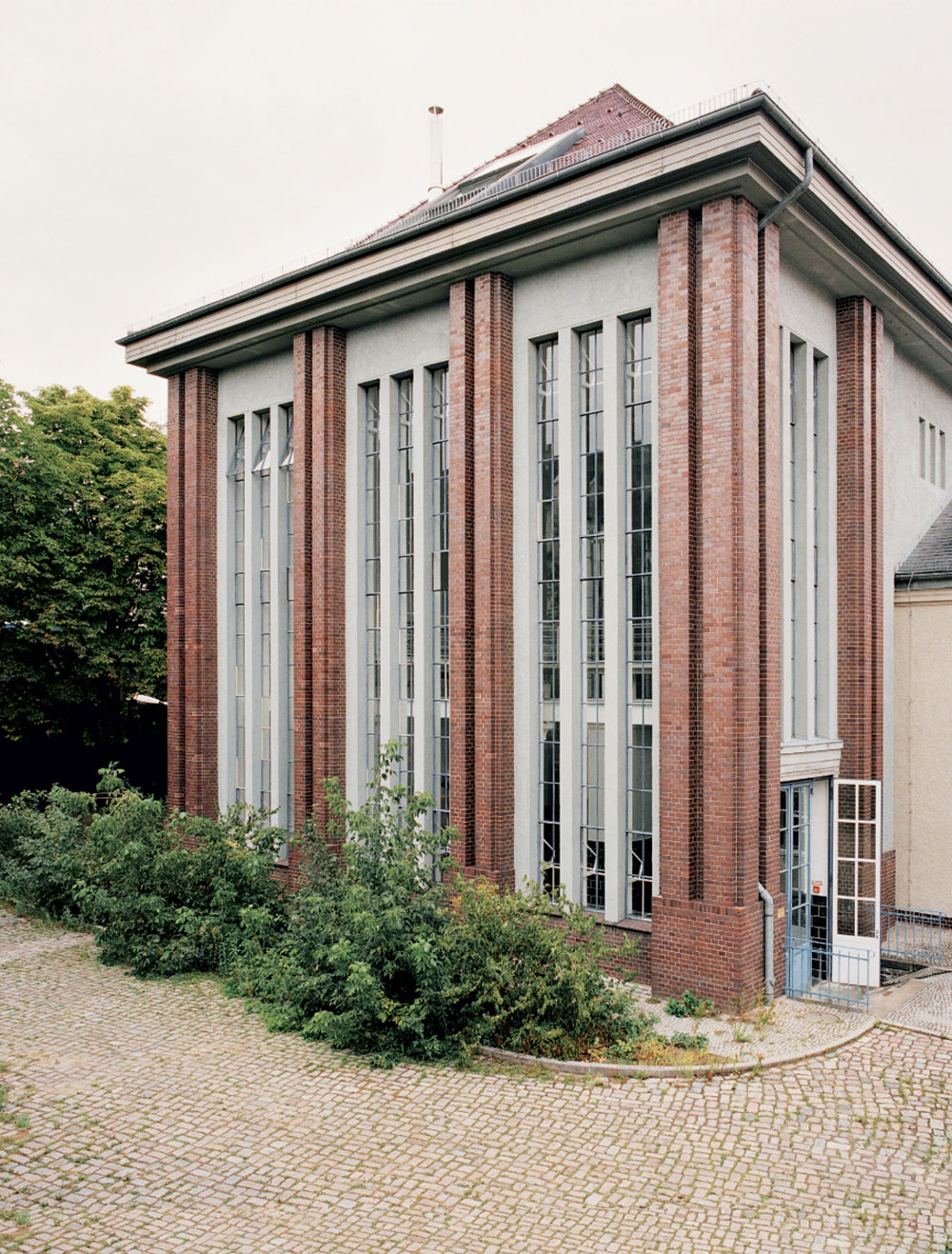
The verticality of the building is emphasised by the rows of skinny floor-to-ceiling windows.
At the top of the building is a converted vaulted attic with a window so big it has to slide up in sections. ‘We had the idea of using all the window budget on just one big one. We had it especially commissioned and it’s supposed to be the largest domestic window in Germany,’ Dragset explains. Wegner makes a reappearance in this space too, in the form of a long leather couch once housed in Copenhagen airport’s business lounge. ‘He was a really dry designer, a no bullshit designer,’ Elmgreen says, adding, ‘we wanted to make upstairs a very non-professional environment to work in.’ Irreverent objects dot the space: a stuffed flamingo takes pride of place next to the fireplace; while a similarly stuffed otter sits upon an opposing platform.
‘The flamingo was a present from Michael to me after we split. It was a substitute,’ Dragset explains. After breaking up, having moved to Berlin together in 1997, they found the space and couldn’t be happier with it. ‘It addresses our personal needs, our needs for sharing, for work, for trying things out.’ §
As originally featured in the November 2008 issue of Wallpaper* (W*116)
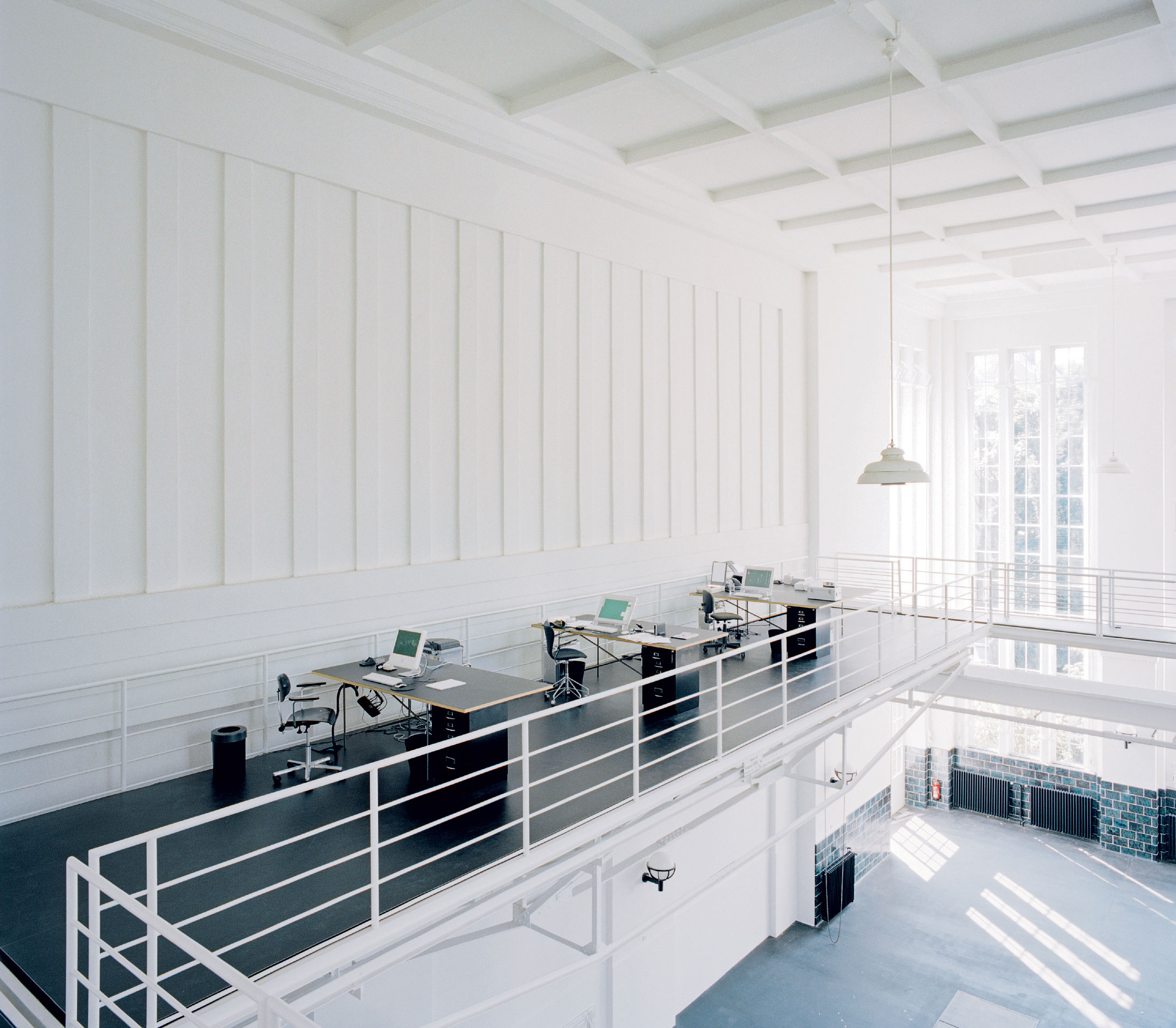
The duo’s take on the traditional office set-up: a sleek row of desks on a moveable mezzanine
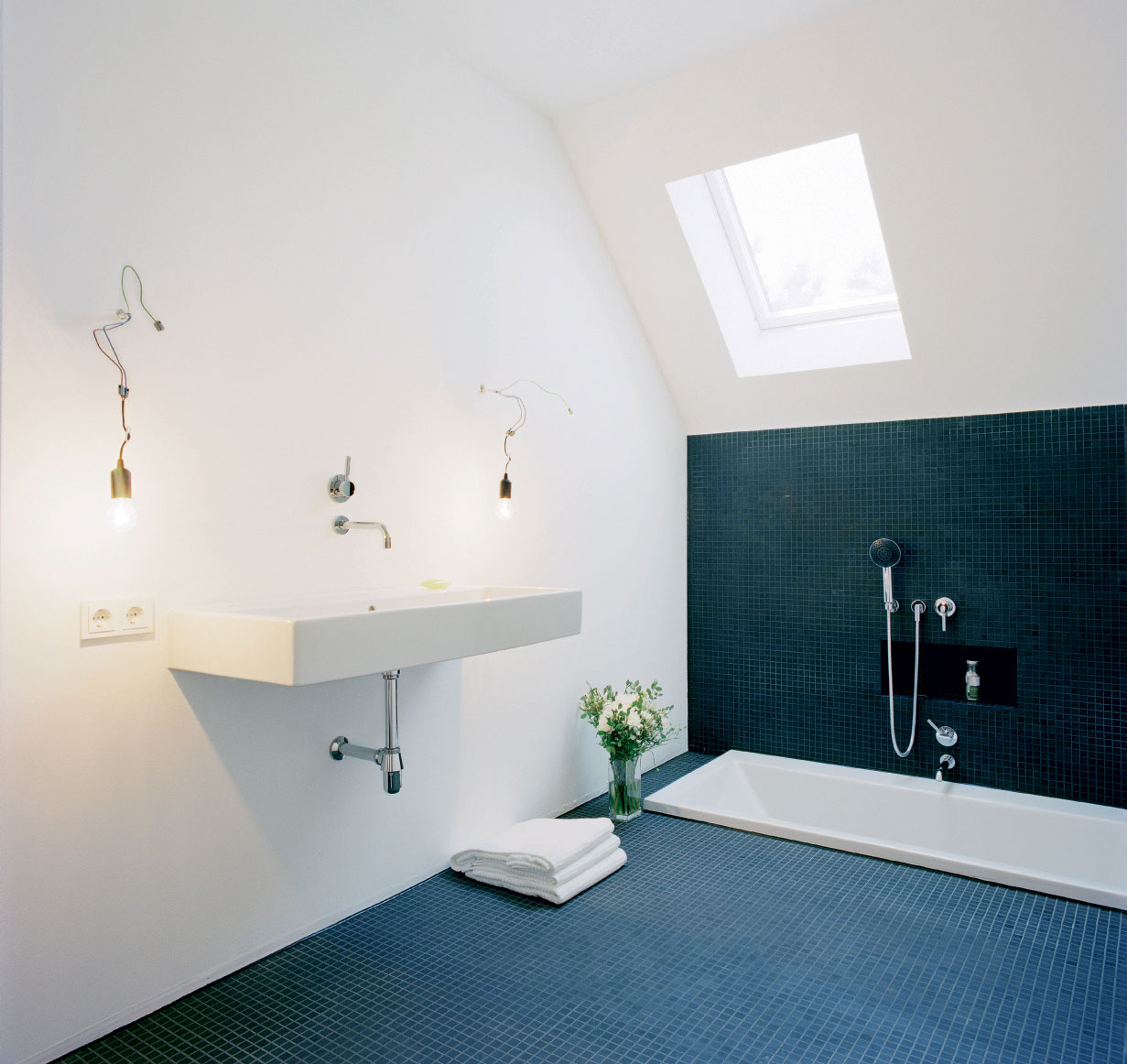
The guest bathroom also offers different perspectives, with its sunken bath and exposed wires that reference the building’s industrial heritage
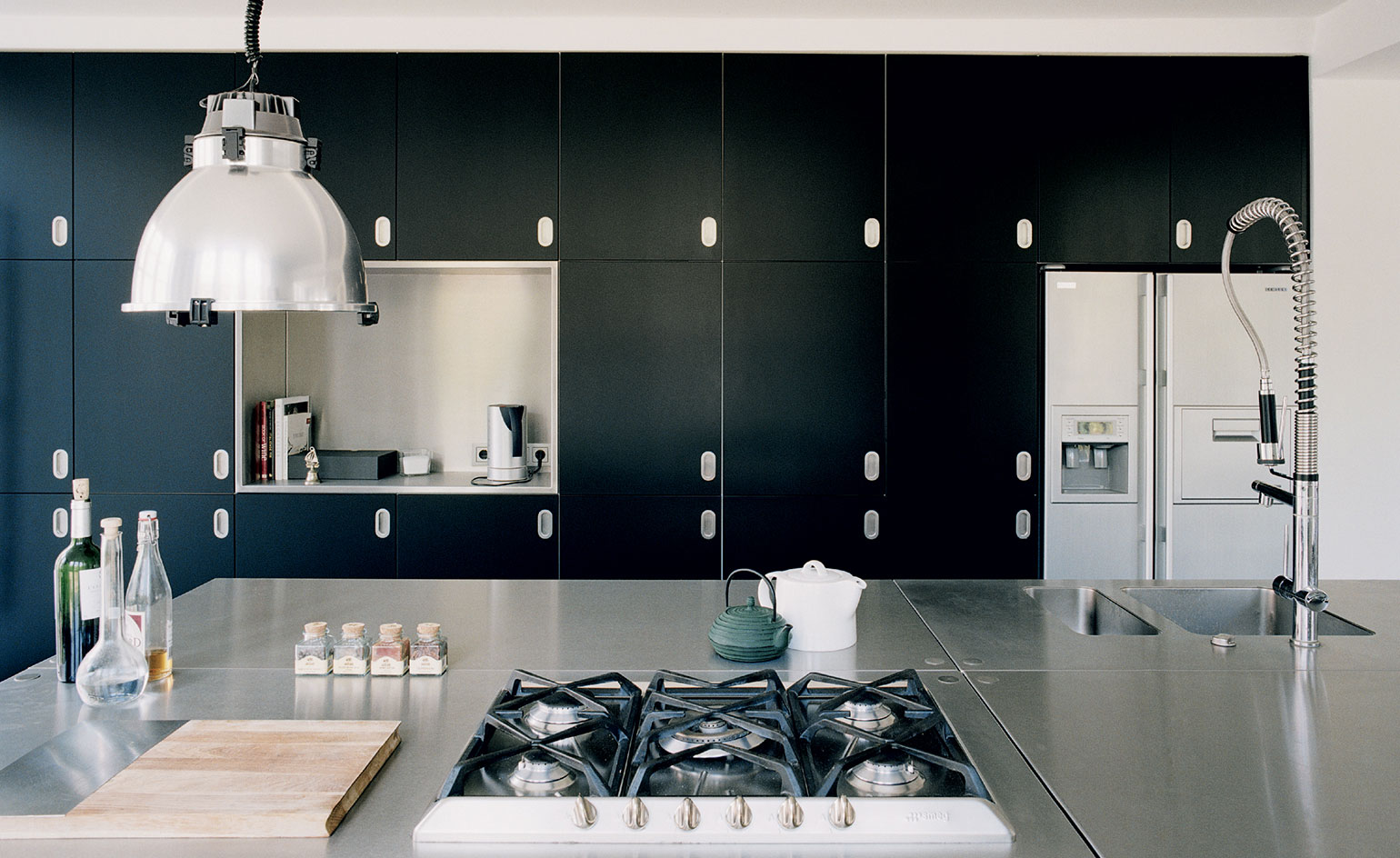
The kitchen’s built-in black storage units made by architects Wenk und Wiese make for a strong backdrop
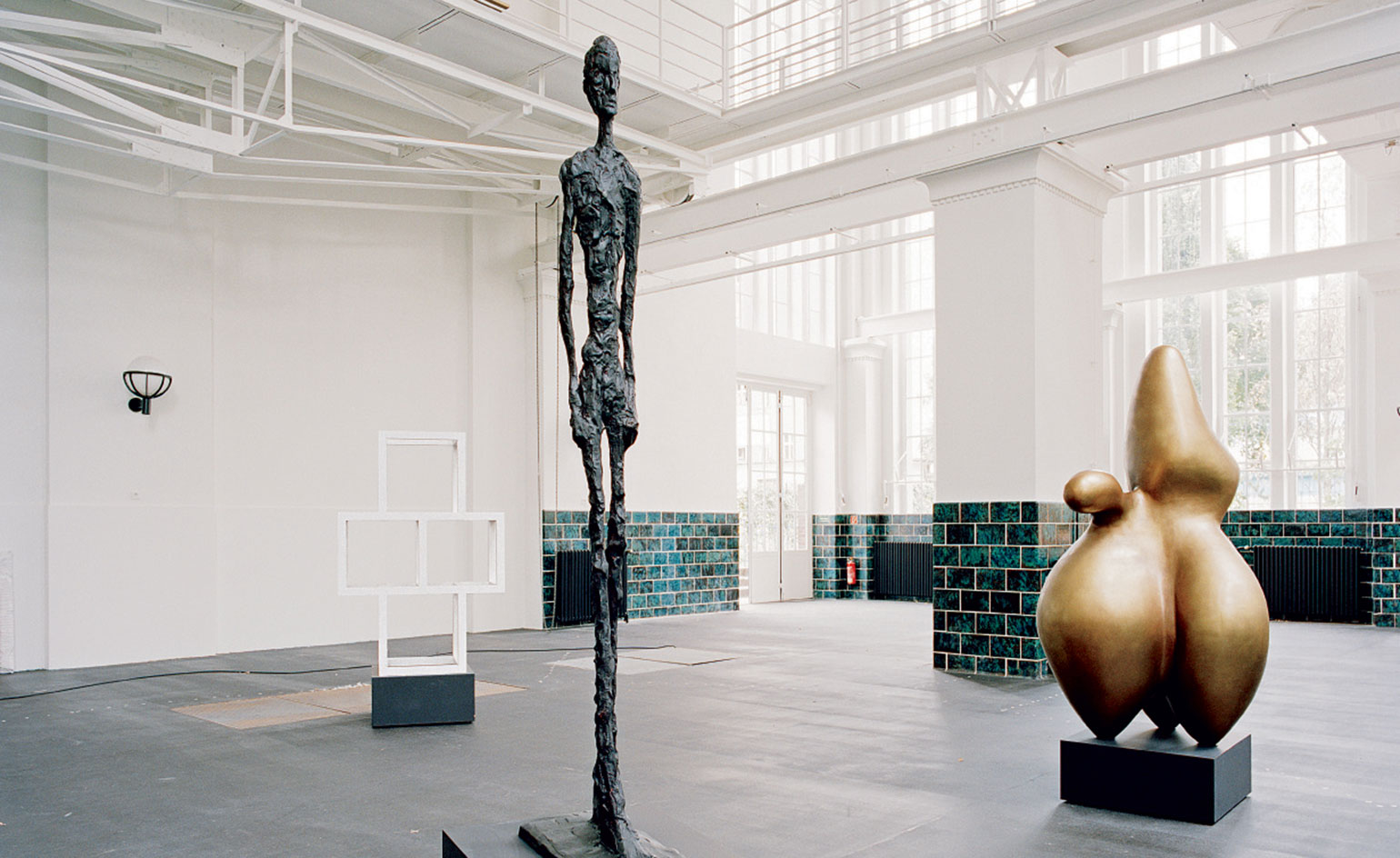
In the main hall, the ‘stage’ is set with motorised sculptures, including replicas of (from left) Sol LeWitt’s Four Cubes, Alberto Giacometti’s Walking Man and Jean Arp’s Cloud Shepherd
INFORMATION
For more information, visit the Elmgreen & Dragset website
Wallpaper* Newsletter
Receive our daily digest of inspiration, escapism and design stories from around the world direct to your inbox.
-
 All-In is the Paris-based label making full-force fashion for main character dressing
All-In is the Paris-based label making full-force fashion for main character dressingPart of our monthly Uprising series, Wallpaper* meets Benjamin Barron and Bror August Vestbø of All-In, the LVMH Prize-nominated label which bases its collections on a riotous cast of characters – real and imagined
By Orla Brennan
-
 Maserati joins forces with Giorgetti for a turbo-charged relationship
Maserati joins forces with Giorgetti for a turbo-charged relationshipAnnouncing their marriage during Milan Design Week, the brands unveiled a collection, a car and a long term commitment
By Hugo Macdonald
-
 Through an innovative new training program, Poltrona Frau aims to safeguard Italian craft
Through an innovative new training program, Poltrona Frau aims to safeguard Italian craftThe heritage furniture manufacturer is training a new generation of leather artisans
By Cristina Kiran Piotti
-
 Remembering Alexandros Tombazis (1939-2024), and the Metabolist architecture of this 1970s eco-pioneer
Remembering Alexandros Tombazis (1939-2024), and the Metabolist architecture of this 1970s eco-pioneerBack in September 2010 (W*138), we explored the legacy and history of Greek architect Alexandros Tombazis, who this month celebrates his 80th birthday.
By Ellie Stathaki
-
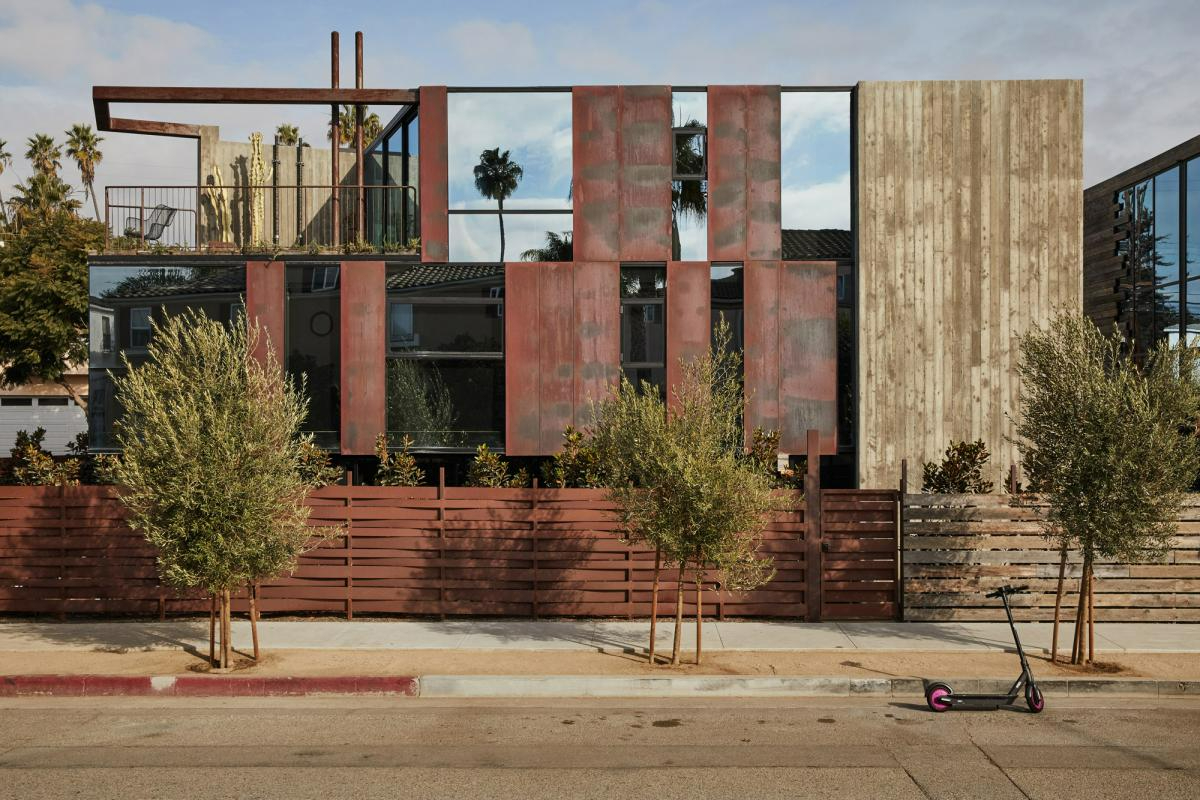 Sun-drenched Los Angeles houses: modernism to minimalism
Sun-drenched Los Angeles houses: modernism to minimalismFrom modernist residences to riveting renovations and new-build contemporary homes, we tour some of the finest Los Angeles houses under the Californian sun
By Ellie Stathaki
-
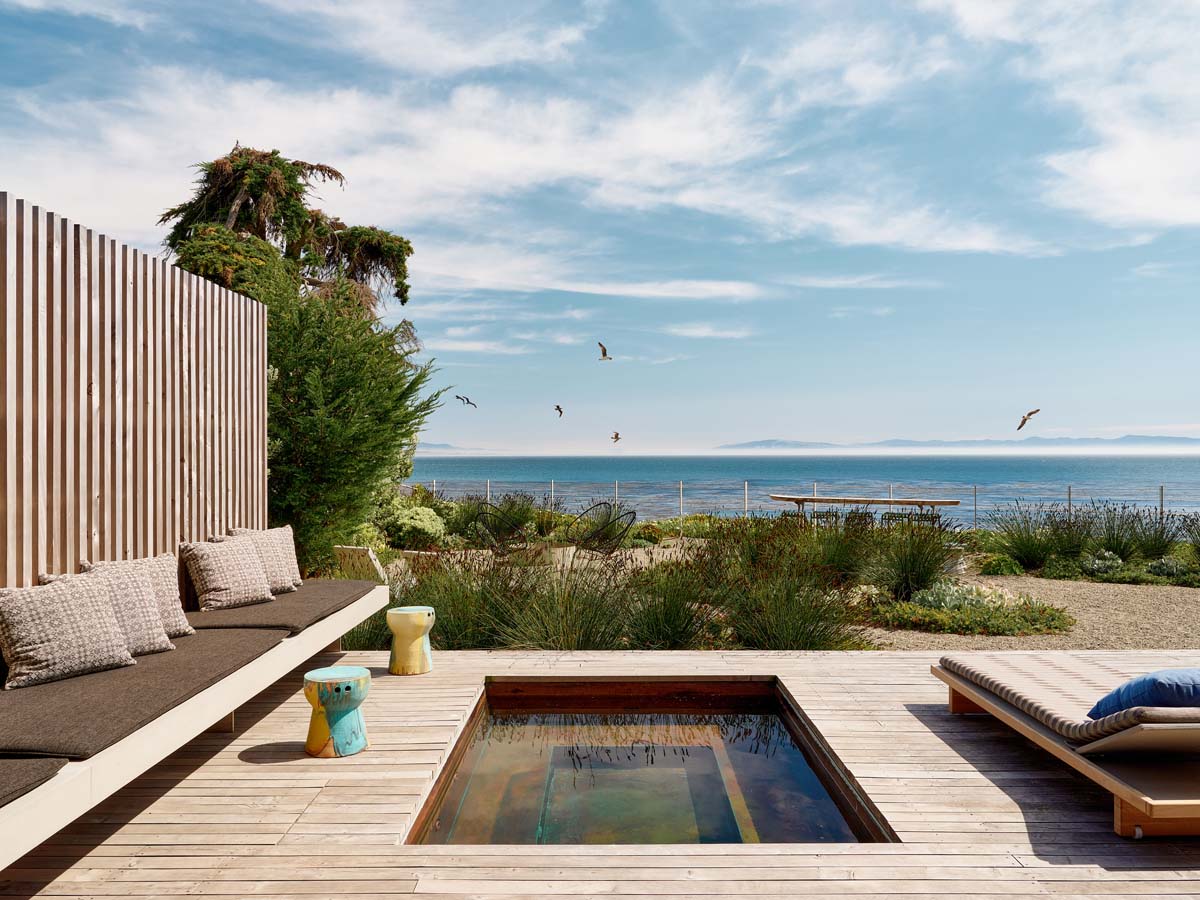 Extraordinary escapes: where would you like to be?
Extraordinary escapes: where would you like to be?Peruse and lose yourself in these extraordinary escapes; there's nothing better to get the creative juices flowing than a healthy dose of daydreaming
By Ellie Stathaki
-
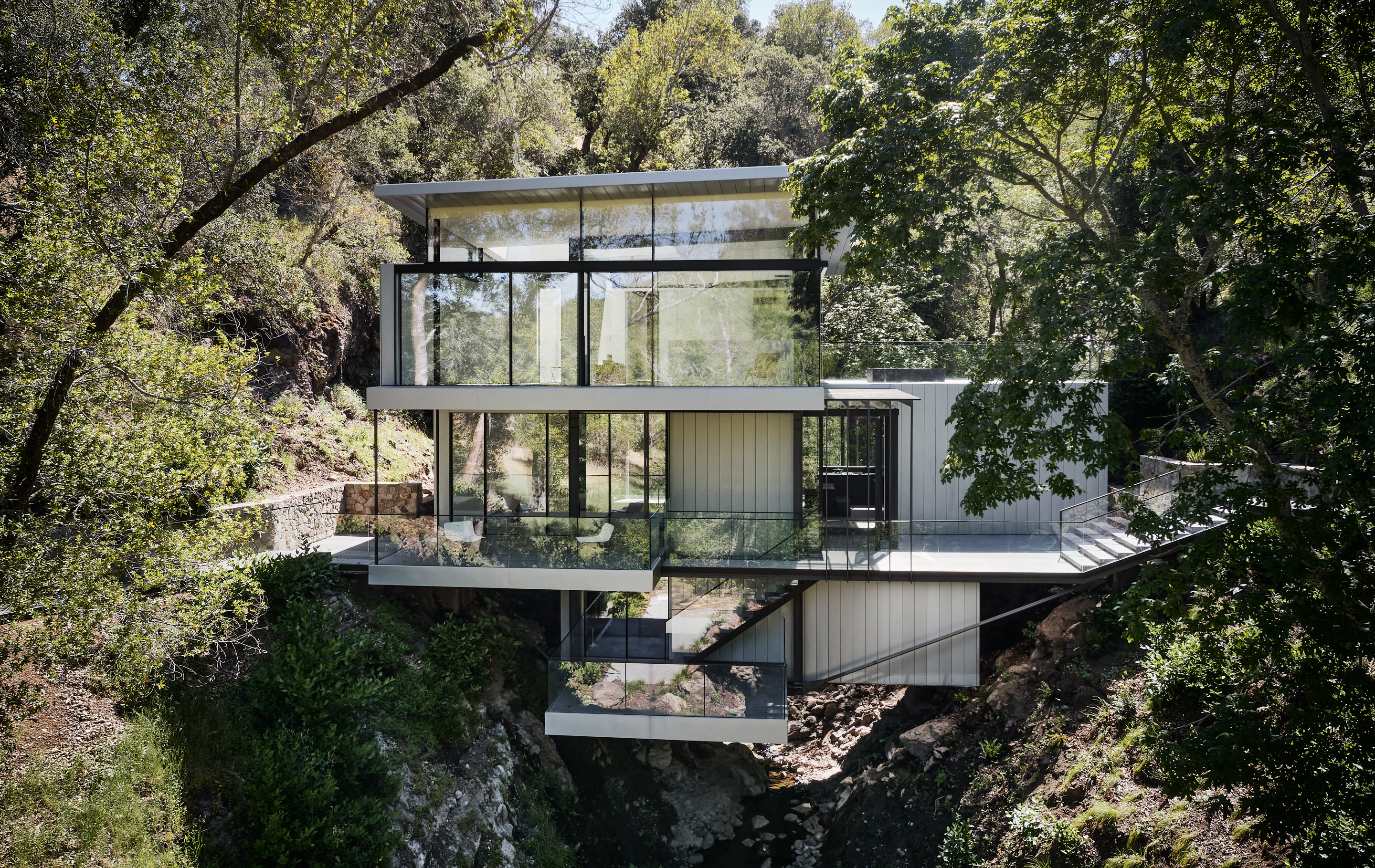 Year in review: top 10 houses of 2022, selected by Wallpaper* architecture editor Ellie Stathaki
Year in review: top 10 houses of 2022, selected by Wallpaper* architecture editor Ellie StathakiWallpaper’s Ellie Stathaki reveals her top 10 houses of 2022 – from modernist reinventions to urban extensions and idyllic retreats
By Ellie Stathaki
-
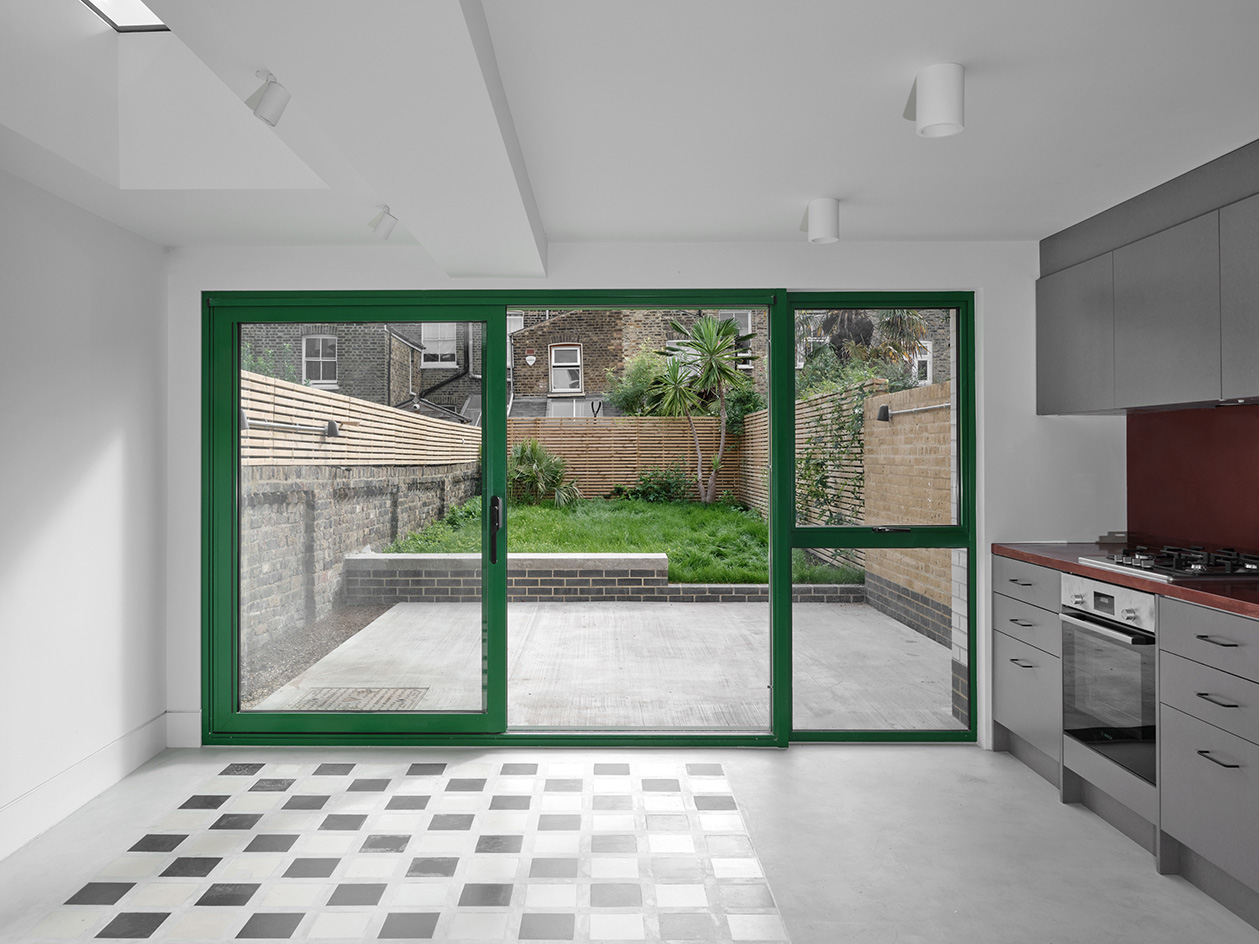 Roz Barr’s terrace house extension is a minimalist reimagining
Roz Barr’s terrace house extension is a minimalist reimaginingTerrace house extension by Roz Barr Architects transforms Victorian London home through pared-down elegance
By Nick Compton
-
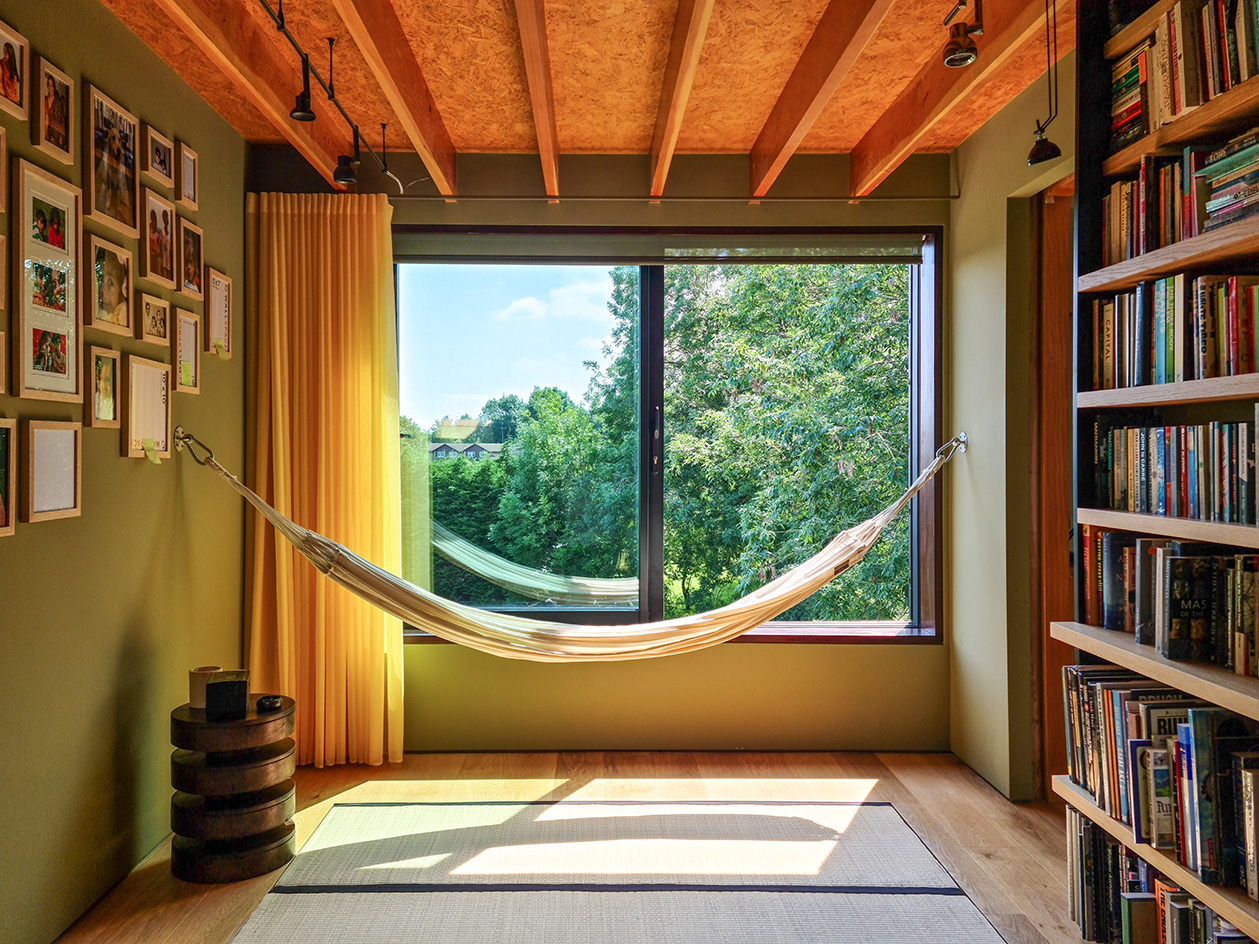 Tree View House blends warm modernism and nature
Tree View House blends warm modernism and natureNorth London's Tree View House by Neil Dusheiko Architects draws on Delhi and California living
By Ellie Stathaki
-
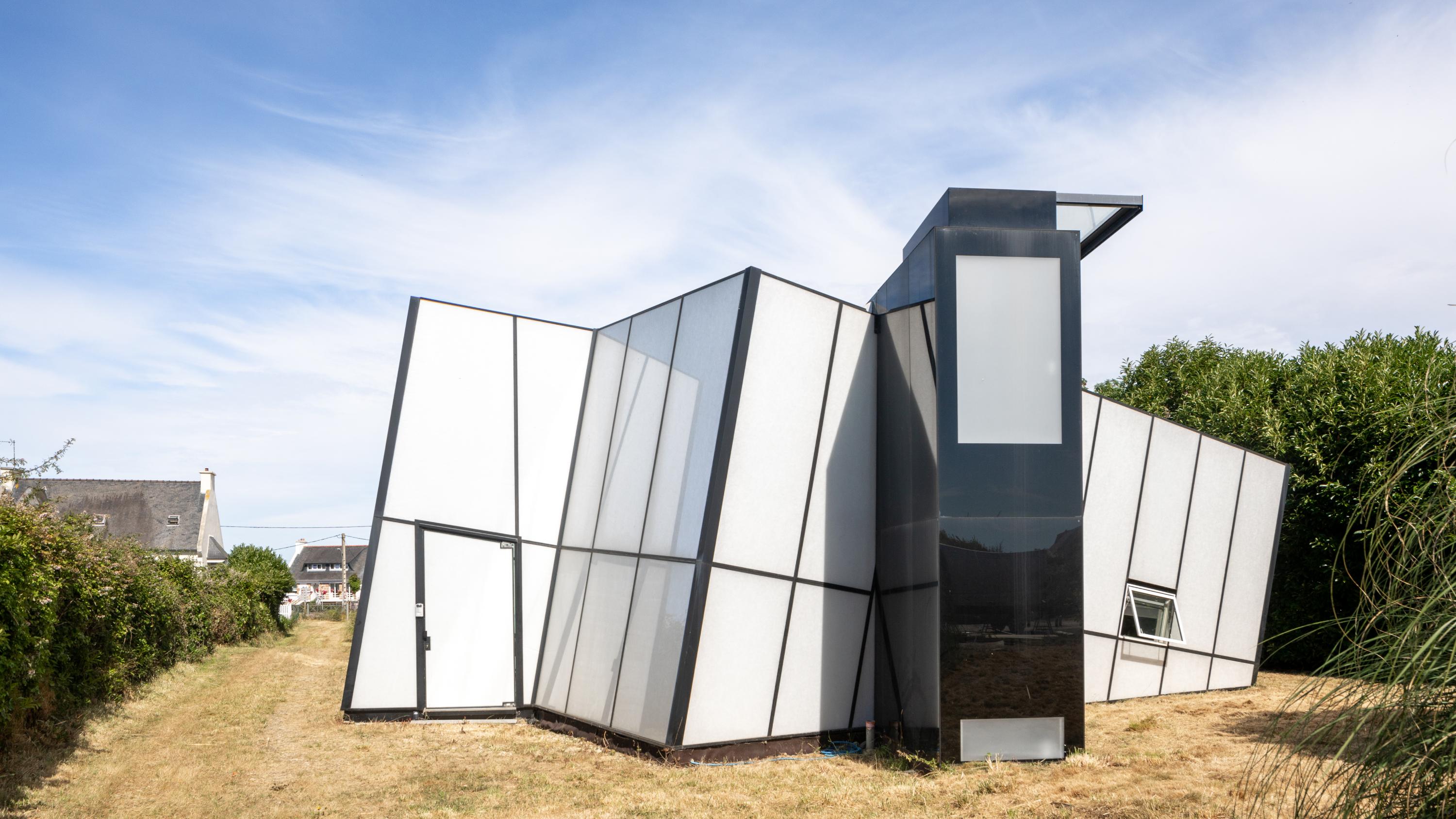 Maison de Verre: a dramatic glass house in France by Studio Odile Decq
Maison de Verre: a dramatic glass house in France by Studio Odile DecqMaison de Verre in Carantec is a glass box with a difference, housing a calming interior with a science fiction edge
By Jonathan Bell
-
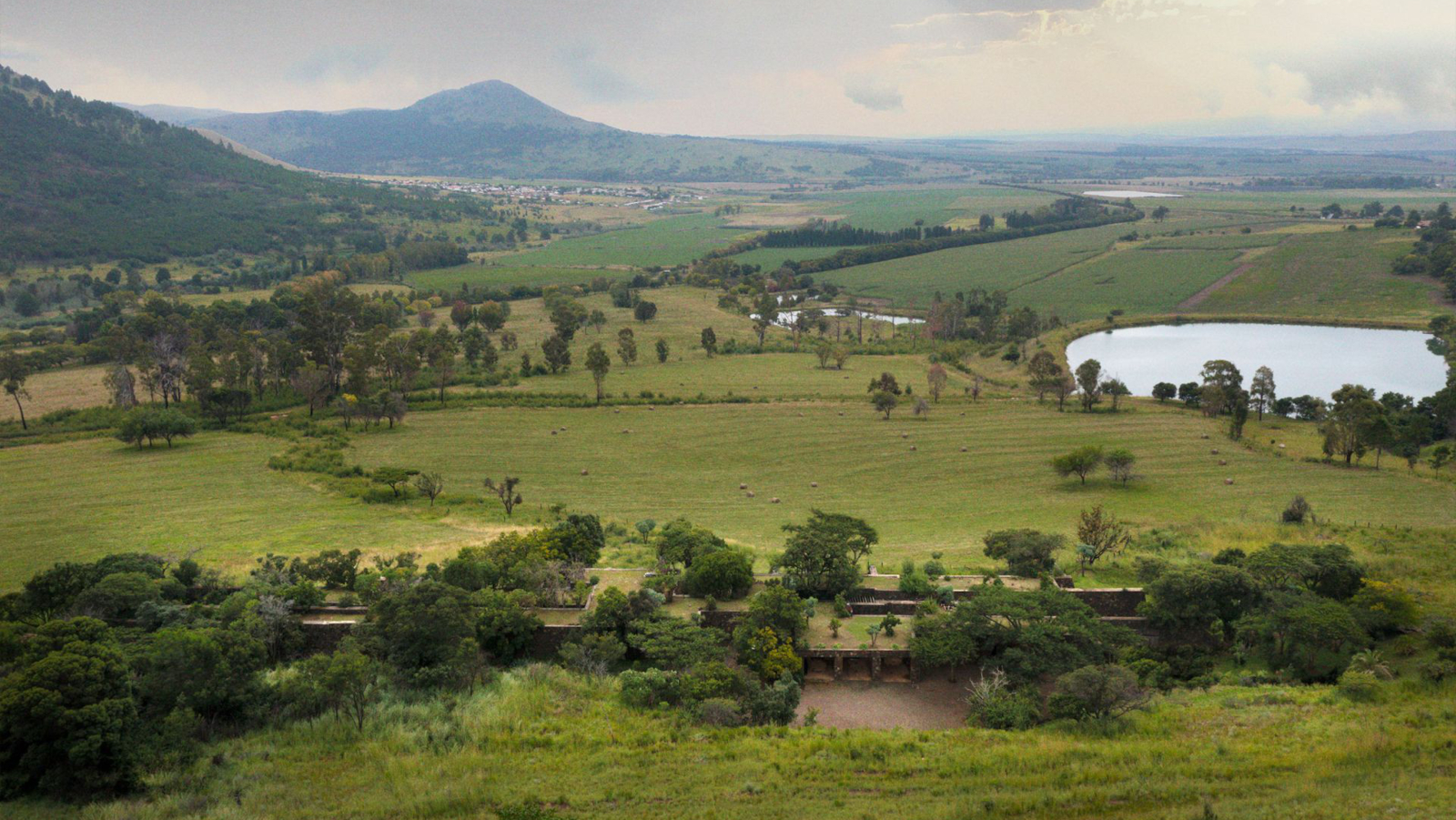 Modernist Coromandel farmhouse refreshed by Frankie Pappas, Mayat Hart and Thomashoff+Partner
Modernist Coromandel farmhouse refreshed by Frankie Pappas, Mayat Hart and Thomashoff+PartnerAn iconic Coromandel farmhouse is being reimagined by the South African architectural collaborative of Frankie Pappas, Mayat Hart and Thomashoff+Partner
By Nick Compton